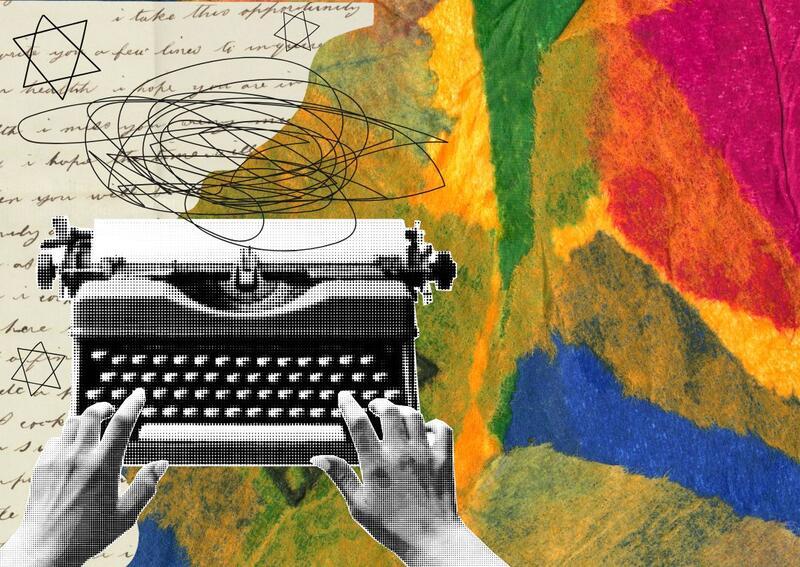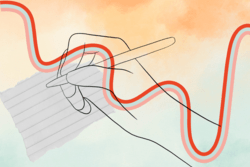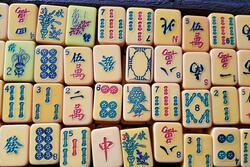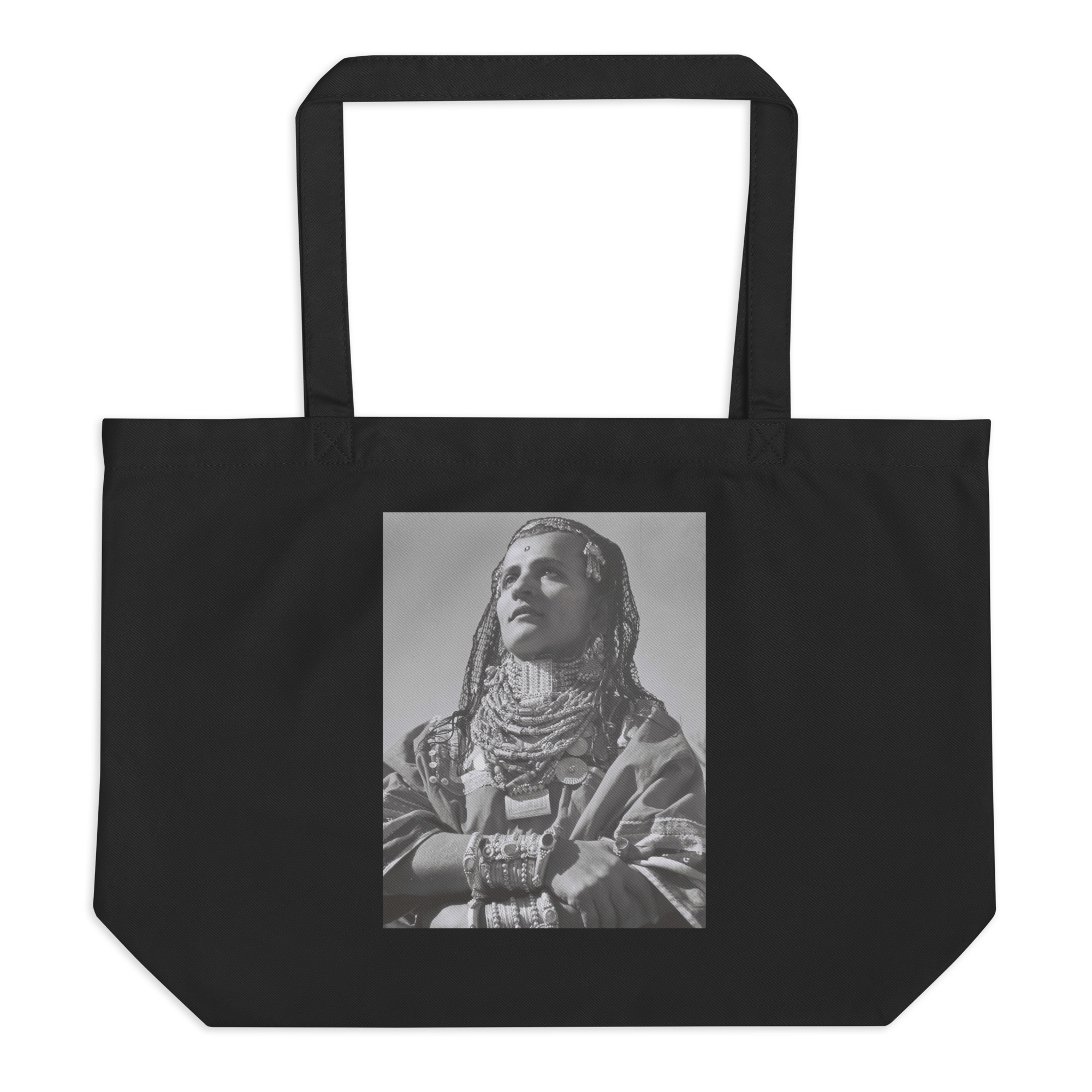Writing My Own Queer Jewish Representation
Like many other queer kids, I’ve always latched onto fictional characters. As soon as I found another headstrong, weirdo character who talked too much and could never quite fit in, I was hooked. I would draw pictures of us hanging out and excitedly rant to my friends about how cool they were. Of course, since there wasn’t too much LGBTQ+ representation in kids’ books at the time, most of what I read never explicitly represented my identities. Instead, I found myself drawn toward (and easily reading into) stories like X-Men, where the queerness was almost entirely allegorical. I had my own little mental archive of characters that I would turn to whenever I was lonely—and when I couldn’t find any, I created my own.
I’ve been writing stories since I was three years old. When I was quite young, I was selectively mute, and writing helped me express all the vivid ideas I had. My stories were proof that I actually did have a lot to say, even if I didn’t want to do so out loud. Now, I love reading over the stories I wrote in elementary and middle school to see how much my craft has improved over the years (and to laugh at some of the worst).
A piece of advice that writers are often given is, “Write what you wish you could read.” I realize today that as a child, I created characters I could see myself in, even before I was conscious of doing so. I’ve embraced my identity openly as I’ve gotten older, but somehow, even at eight, I ended up writing stories like “Life of a Jewish Third Grader” and “When the Princess Married the Other Princess,” without even thinking about why.
Stories have always been a way for me to explore what I didn’t want to say out loud. In the seventh grade, when I realized I liked girls, I wrote cringey little lesbian romances that I still refuse to let anyone read. As I awkwardly stumbled my way through the rest of puberty, I grappled with weird feelings about my body along with the newfound realization that I was trans. To deal with it, I wrote fanfiction about Harry Potter characters going through the same thing I was. In high school, one of my classmates started repeating antisemitic talking points--unknowingly at first but then refused to listen when I tried to explain why they were offensive. Since I knew that I couldn’t talk to any of my other friends about it, I wrote a screenplay about a girl dealing with casual antisemitism from her new baseball teammates. Even though these stories brought me comfort, I never let anyone read them.
I did publish some of my work, including my first novel, when I was twelve. It was your classic middle-grade book about a middle school girl having to deal with her annoying little brother whom she can’t stand. It was something I was comfortable sharing, and I would excitedly read passages from it to anyone who would listen, but at the same time, there was something about it that didn’t feel like me. It was only in the last few months that I fully figured out the source of that feeling: the story was about girls who celebrated Christmas and had crushes on boys and never, ever questioned their gender. I had written something I thought other people would like, but I couldn’t relate to it myself. I never wrote to please anyone but me, and yet I didn’t even include characters I could see myself in. Interestingly, after finishing that book, I found myself in a creative rut for several months where I couldn’t find any inspiration for any projects I was passionate about.
At the last Rising Voices Fellowship (RVF) webinar, we watched part of a JWA interview with Israeli author Ayelet Tsabari. In the interview, she spoke about how writing about the experiences of young women and Mizrahi Jews was a deliberate choice on her part to “create the characters that were missing in [her] childhood stories.” When I heard this, I realized that was what I had been doing unconsciously for years—and that was what made me feel like I wasn’t alone.
Writing is not only an easy way to share a message, but it is also an act of resistance. The act of creating characters who reflect the parts of our identities that we never get to see anywhere else is a powerful way to push back against the unspoken rules that certain identities shouldn’t exist in the stories we read.
All the art I create nowadays is unapologetic in its portrayals of identity, religion, gender, sexuality, and disability. When I write characters, I make sure they have the rich backgrounds and identities I wish I could have read about when I was the little twelve-year-old who spent hours Googling, “Are there any LGBTQ Jewish books?” My hope for the future is that someday another kid wondering the same thing will come across my work and feel less alone. If my fictional works can let real-life kids know that there are others like them, they will have done what I meant them to do.
This piece was written as part of JWA’s Rising Voices Fellowship.







